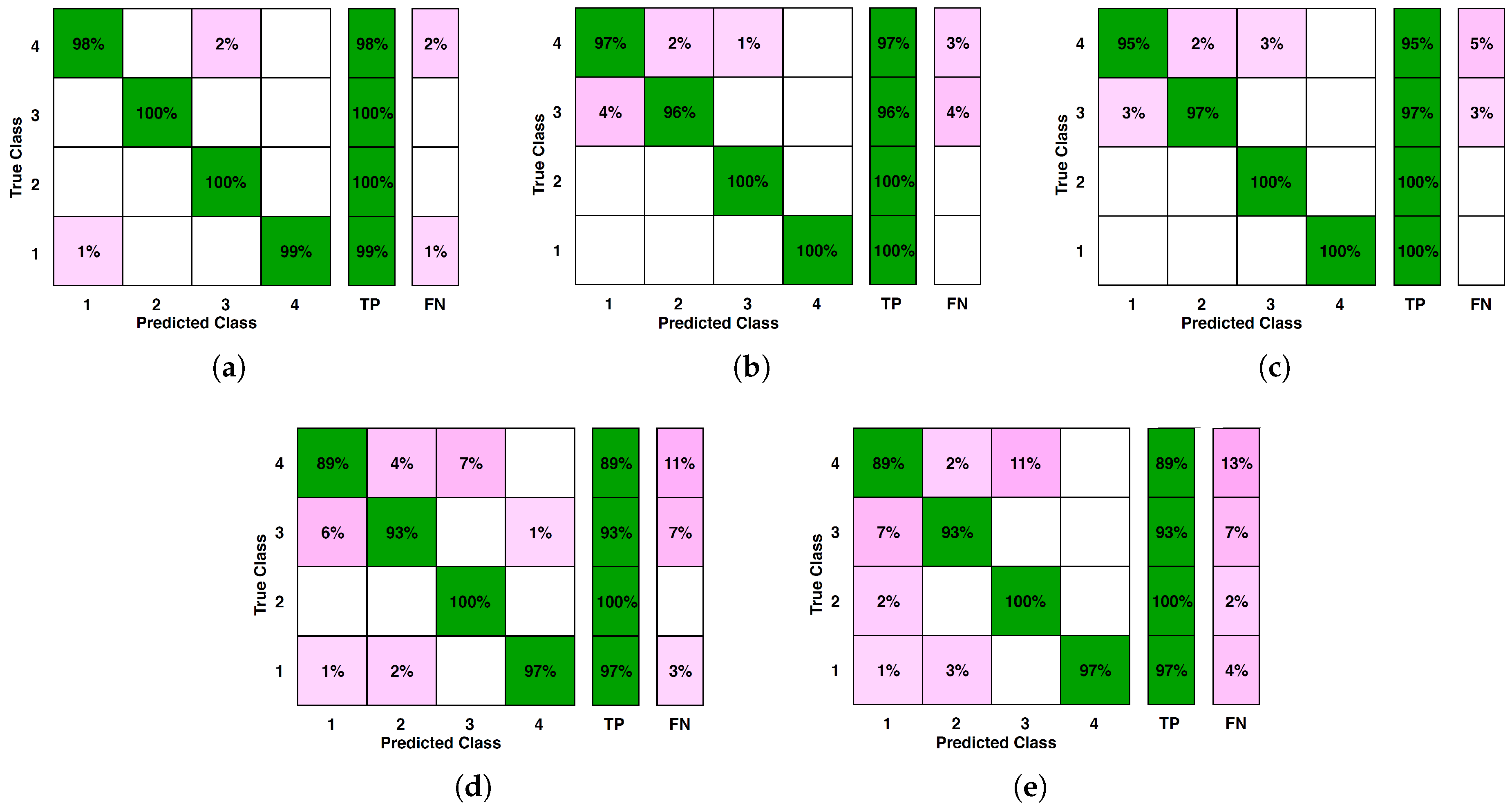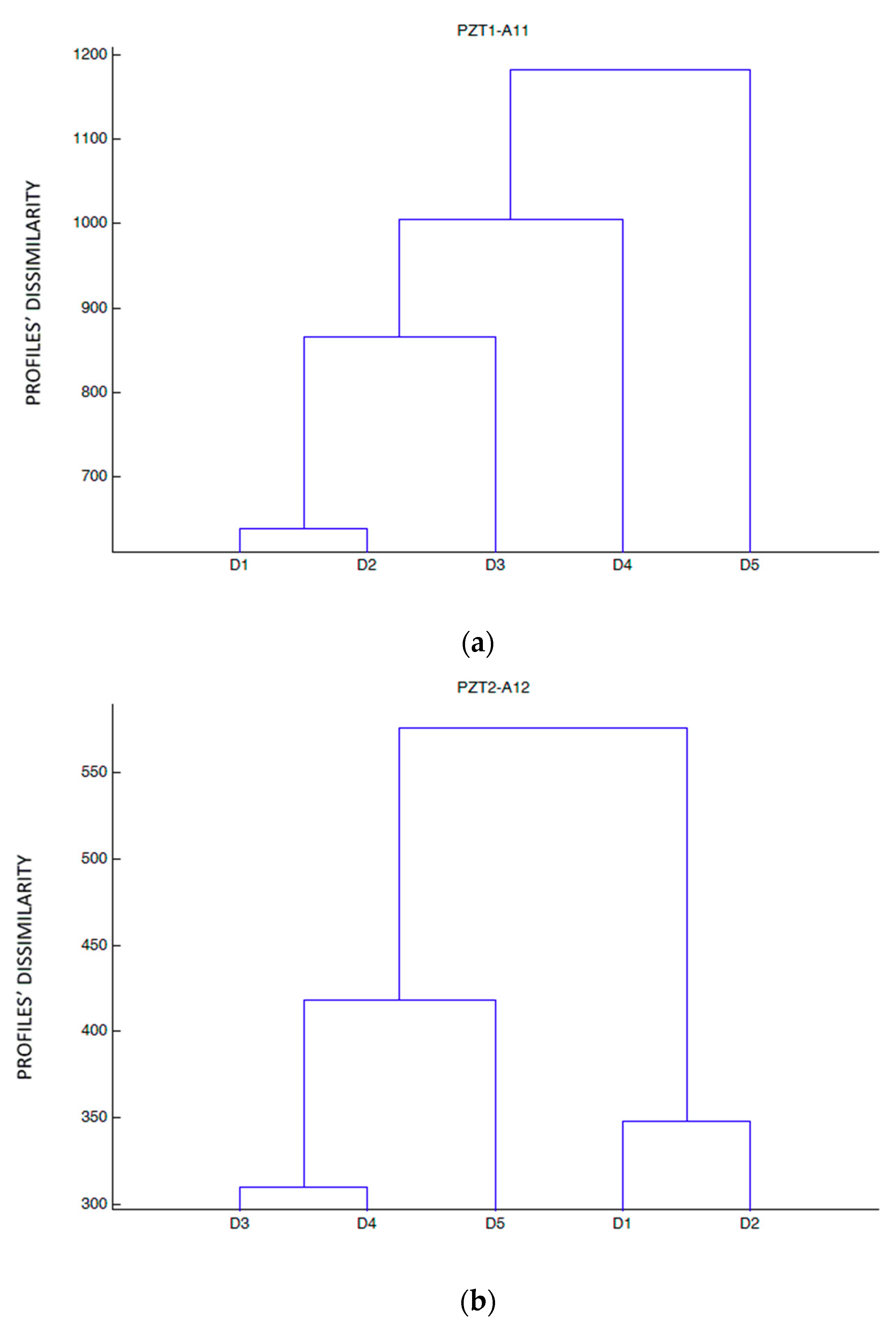

Gorry, General least-squares smoothing and differentiation by theĬonvolution (Savitzky–Golay) method, Anal. There are various ways to solve that problem, but one of the better ones is described in the following paper: Another thing that should be obvious is how this type of Savitzky-Golay filtering, since it uses the midpoint of the window, truncates the ends of the smoothed data more and more as the window size increases.

Of course, other options involve applying a first derivative filter twice (possibly of different orders). Note how the piecewise constant nature of the acceleration becomes less obvious as the window size increases, but can be recovered to some extent by using higher-order polynomials. Here are some example plots (using the data you provided) for various parameters. Title += ", %d%s degree polynomial" % (order, nth)ĭat = # Example Usage:Ī = np.r_.transpose()ĭef smooth(x, y, size=5, order=2, deriv=0): The following numpy script will calculate the velocity and acceleration of a given position signal based on two parameters: 1) the size of the smoothing window, and 2) the order of the local polynomial approximation.
#Scilab kalman filter code#
In this case, code is probably more illuminating as to the benefits/limitations of the technique. This answer about Savitzky-Golay filtering has some theoretical background on how it works for nonuniform sampling. The idea is to locally fit a polynomial with a moving window, then evaluate the derivative of the polynomial. One approach would be to cast the problem as least-squares smoothing. Or is there a simpler method than KF, that give useful results. I think the state vector is velocity and accelertion and in-signal is position.
#Scilab kalman filter how to#
Is it appropriate here? Don't know how to formulate the filer equations, not very experienced with kalman filters. I was thinking of using a kalman filter instead, to get better estimates. Here is scilab code that gives gives very noisy and unusable estimates of especially the acceleration. At the end accelerstion is -55 deg/sec^2. I know that the accelerstion is constant, in this case about 55 degrees/sec^2 until the velocity is about 100 degrees/sec, then the acc is zero and velocity constant. I have this sample times and positions in a file named t_angle.txt: 0.768 -166.099892Īnd want to estimate velocity and accelerstion. This is simple i thought, but my naive approach led to a very noisy result.


 0 kommentar(er)
0 kommentar(er)
